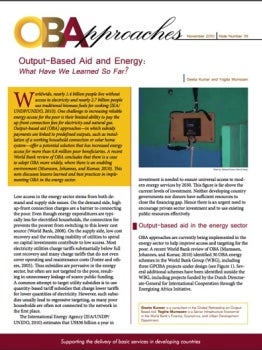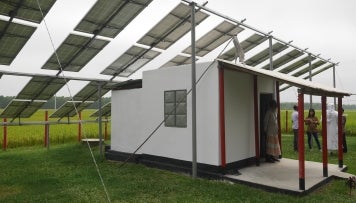Related
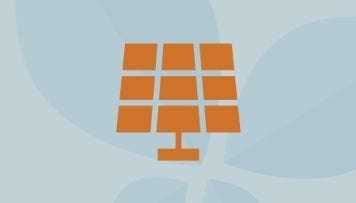
Technical Assistance
Energy Sector Analysis Study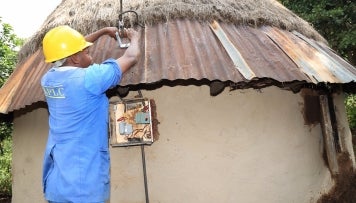
Grant Funding
Kenya: Electricity Expansion Project (KEEP)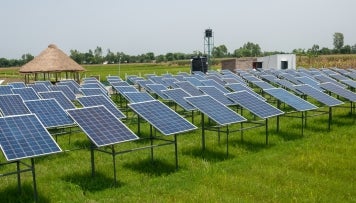
May 31, 2018 |Feature Stories
Improving access to clean and renewable energy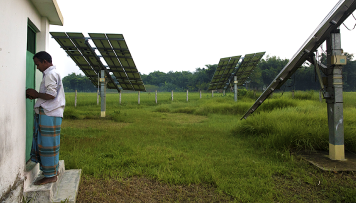
January 18, 2012 |Feature Stories
International Year of Sustainable Energy for All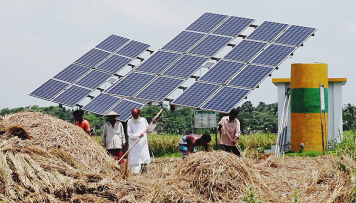
May 17, 2013 |Feature Stories
Bangladesh: Solar Home Systems Reach 2 Million Households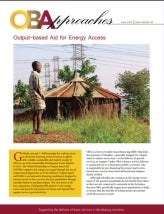
Output-Based Aid for Energy Access
Globally, around 1.1 billion people live without access to electricity.
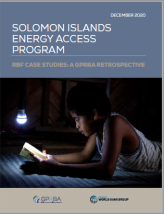
Solomon Islands Energy Access Program
This case study is part of a series prepared by the World Bank’s Global Partnership for Results-Based Approaches (GPRBA).


